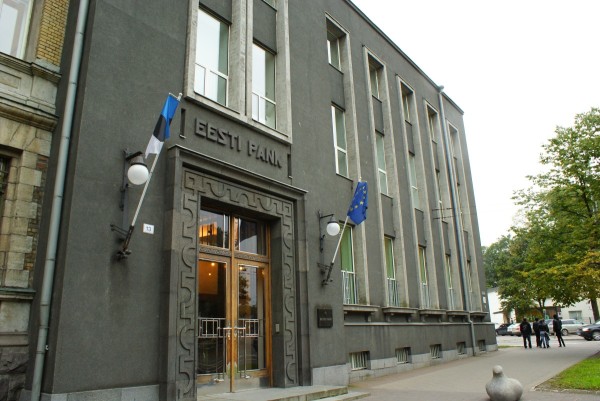eestipank.ee 28.03.2018
The year 2017 was a successful one for the Estonian economy. Growth climbed to almost 5%, having been stalled in previous years, and this is one of the fastest rates since the crisis. Growth was boosted by a notable recovery in export markets and faster rises in prices there. The economy also benefited from the rapid growth in the incomes of residents of Estonia, which was reflected in household consumption. Increased demand and a higher price level in both domestic and external markets allowed companies to increase both their turnover and their profits, for the first time in some years. Data on industrial output and from corporate surveys in recent months have shown the rapid growth in the economy continuing at the start of this year too.
Catching up with richer countries will need more investment than has been seen so far. Having fallen for several years, spending on fixed assets increased last year in both the corporate sector and the general government. The increase in general government investment was largely down to more efficient use of structural funds, while companies were encouraged to invest by the much improved state of foreign markets and the goal of increasing output to claim part of the growth in demand. Even so, Estonian companies put a smaller part of their value added into investment, the source of future growth in the economy, than did companies in the other countries of the euro area on average. This means there is still not enough investment activity for Estonia to catch up with the income levels of richer countries.
The labour market is very close to overheating as companies have preferred to increase their number of employees rather than making investments. Low unemployment, a rise in the number of unfilled vacancies, deepening labour shortages, and rapid growth in labour costs are all indicators that the strong growth last year was driven mainly by short-term growth in demand, not by increases in the production capacity of companies or in labour productivity. However, success in exporting and competitiveness and the overall development of the economy depend on productivity.
There has been no clear indication that the competitiveness of exports has declined because of rising wages and production costs. The market share of exported goods and services increased slightly last year and prices have risen more than those of competitors, which is one reason why the trade surplus increased last year. Surveys of exporters do not point to any decline in competitiveness either. However, given the small share that Estonian exports have in foreign markets, it is possible that success in exporting last year was mainly due to the favourable foreign environment and problems will only appear if demand weakens in Estonia’s trading partners.
The success of the economy was also reflected in the state finances. More was taken in VAT and labour taxes than was planned, though the budget for the year as a whole was in deficit and the deficit was larger than forecast. Outgoings exceeding income means that the state contributed to boosting growth in the economy alongside the private sector. Although the deficit was not large, a surplus in the budget instead would have helped to smooth the economic cycle. Forecasts show that growth in the economy will slow in the years ahead, but will still remain above its sustainable level. For this reason it would be wise to plan a surplus in the budget, so that in the longer term it would be possible to support the economy if needed without breaking the budget rules that have been set in place.
Last year was the most successful since the economic crisis
Eestlased Eestis | 01 Apr 2018 | EWR
Eestlased Eestis
TRENDING























